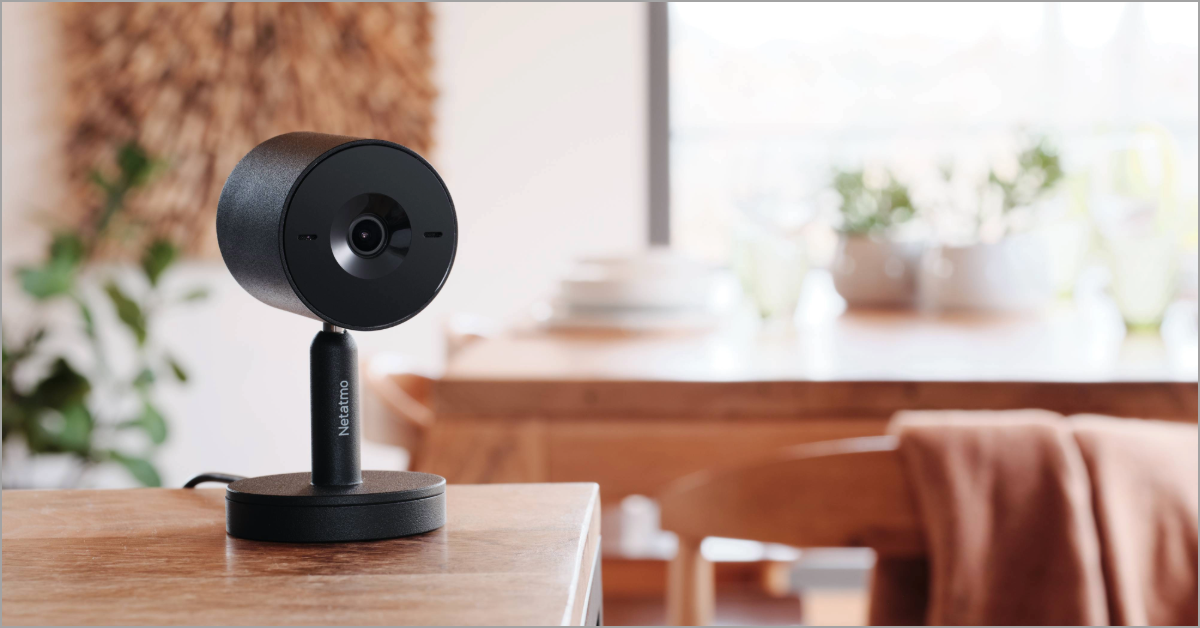
New Indoor Camera Advance
Descubra a nova Câmara Interior AdvanceDescubro

Whether you’re looking to optimise your fire detection and protection systems in a residential building, a corporate premises or a building that’s open to the public, you’ll need to make sure that you comply with the relevant fire safety standards.
As a home owner, you’ll be responsible for ensuring that you’ve installed adequate fire detection systems (i.e. fully functional smoke alarm) throughout the building. If you’re looking to purchase a new-build property, it’s important to ensure that this fire detection equipment is incorporated into the building’s design.
If you’re responsible for fire safety systems in corporate or public premises, there are stringent standards, controls and equipment regulations to bear in mind. But for now, let’s take a closer look at British fire safety standards for domestic premises.
This latest update (British Standard 5839-6:2019) details the revised standard code of practice for fire detection and protection systems in domestic premises.
In brief, the standard covers:
Guidelines for the design of fire detection and fire alarm systems
How these detection and alarm systems should be installed
Regulations for the correct maintenance of fire detection and protection systems
British Standard BS 5839-6 was first implemented back in 1995 and covers fire detection and protection systems in both newly built and pre-existing domestic premises.
The following provides an overview of each fire detection and fire alarm system category as outlined in British Standard BS 5839-6:
LD1 – Maximum Protection
This highest category of protection provides – as you’d expect – the most extensive fire detection and fire alarm system coverage for a domestic premises. For buildings in this category, it’s standard practice to incorporate fire detection and protection systems into their interior design.
Smoke detectors would be installed throughout any areas that might be used as escape routes to evacuate the building in the event of a fire. In addition, smoke or heat detectors would be comprehensively installed throughout the building, in all zones that might reasonably contribute to starting a fire on the premises.
For example, you’d have smoke alarms installed in the home’s living room, bedrooms, hallways, landings and loft, with heat alarms installed in all higher fire risk areas, such as the kitchen and the garage.
LD2 – Additional Protection
This category provides moderate fire detection and protection systems for domestic premises.
Smoke alarms would still be present in all zones of the building that might be used to evacuate the premises in the event of a fire (hallways and landings).
But, you won’t find smoke or heat alarms throughout the rest of the building. Instead, these will be installed in chosen areas that might pose the greatest risk of fire.
So, you’d expect to have smoke alarms installed in the home’s living room, hallways, landings and loft, with heat alarms installed in some selected, more fire-prone areas, like the kitchen.
LD3 – Minimum Protection
In an LD3 property, you’d only find smoke alarms installed in the home’s hallways and landings.
This means that the fire detection and fire alarms systems in place only safeguard the areas of the building that residents would use in the event of a fire evacuation.
It’s important to bear in mind that the LD3 category is – according to the latest standard update – only applicable to some domestic properties, such as flats and bungalows.
Plus, the latest British Standard 5839-6:2019 update has also revised the classification categories for fire detection and fire alarm system equipment:
Grade A
The building has separate smoke or heat detectors and alarms installed, alongside a central control panel and equipment to visually indicate that the fire detection equipment has been activated. The reserve power supply must meet standard BS EN 54.
Grade C
Separate smoke or heat detectors and alarms are installed, alongside equipment that allows central control of the fire detection system. The equipment uses mains electricity power, with an additional back-up source.
Grade D1
The building’s fire detection equipment (smoke/heat alarms) runs on power from the mains. Integrated tamper-proof batteries provide their back-up power source.
Grade D2
The smoke or heat detectors installed throughout the premises run on mains electricity. They include a back-up power option in the form of batteries that the building residents will need to periodically replace.
Grade F1
The building’s fire detection and protection set-up incorporates battery-operated smoke or heat detectors that run on tamper-proof batteries.
Grade F2
The fire detection and alarm system includes a single – or multiple – smoke or heat detector that runs on a battery. This battery needs to be periodically replaced by the user (the residents of the domestic building) to ensure that their basic fire detection and protection system is fully operational.
Netatmo has put together these fire detection and protection basics for you, to help you effectively comply with the applicable standards and regulations.
Did you know that fire safety is also regulated at a European level? For example, all smoke detectors must comply with EU fire safety standard EN 14604.